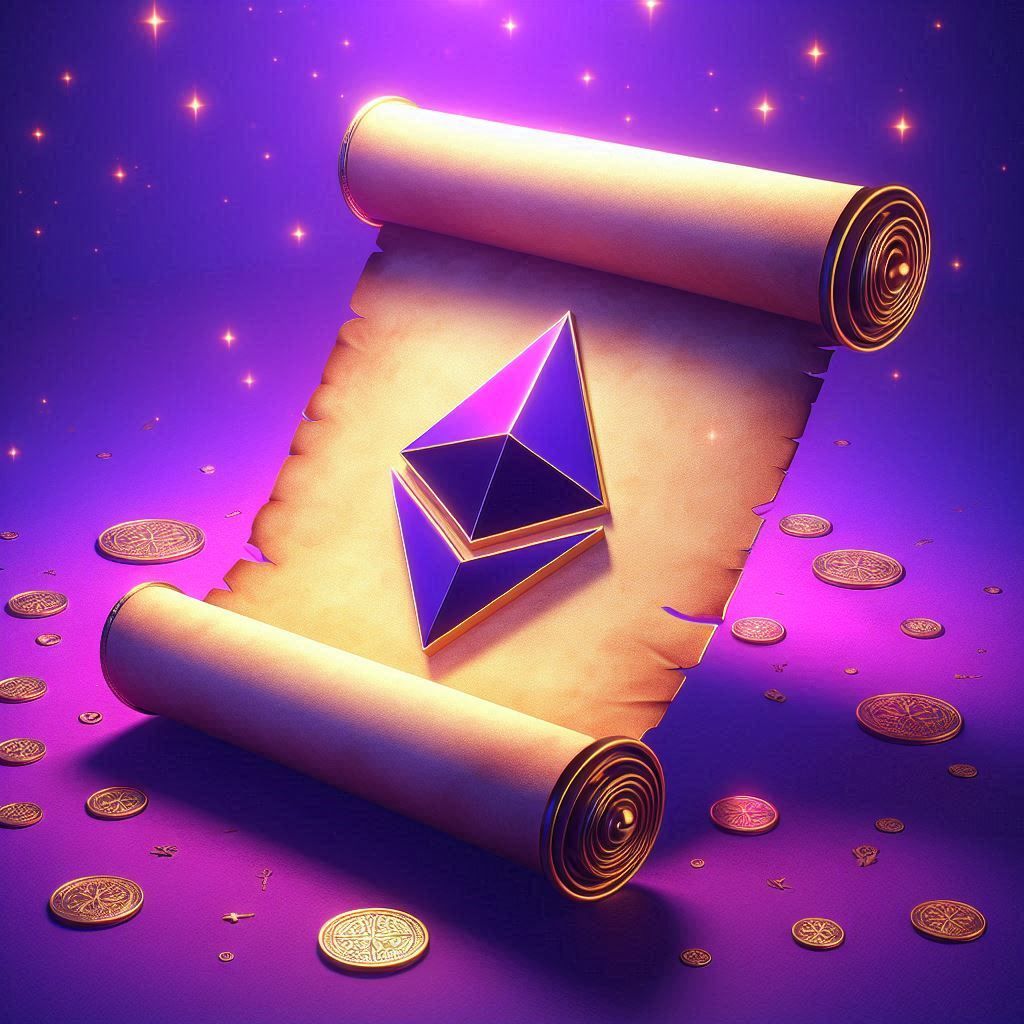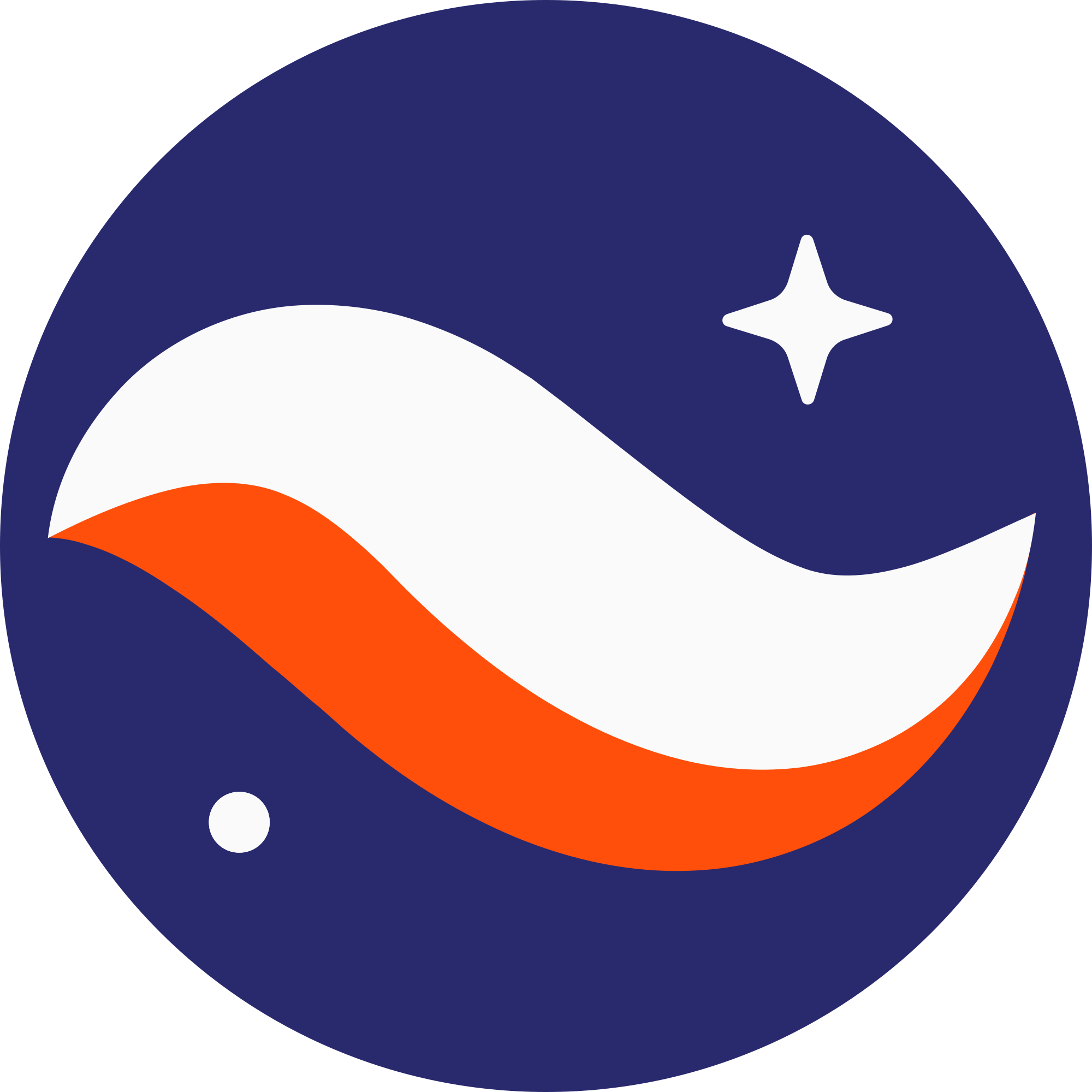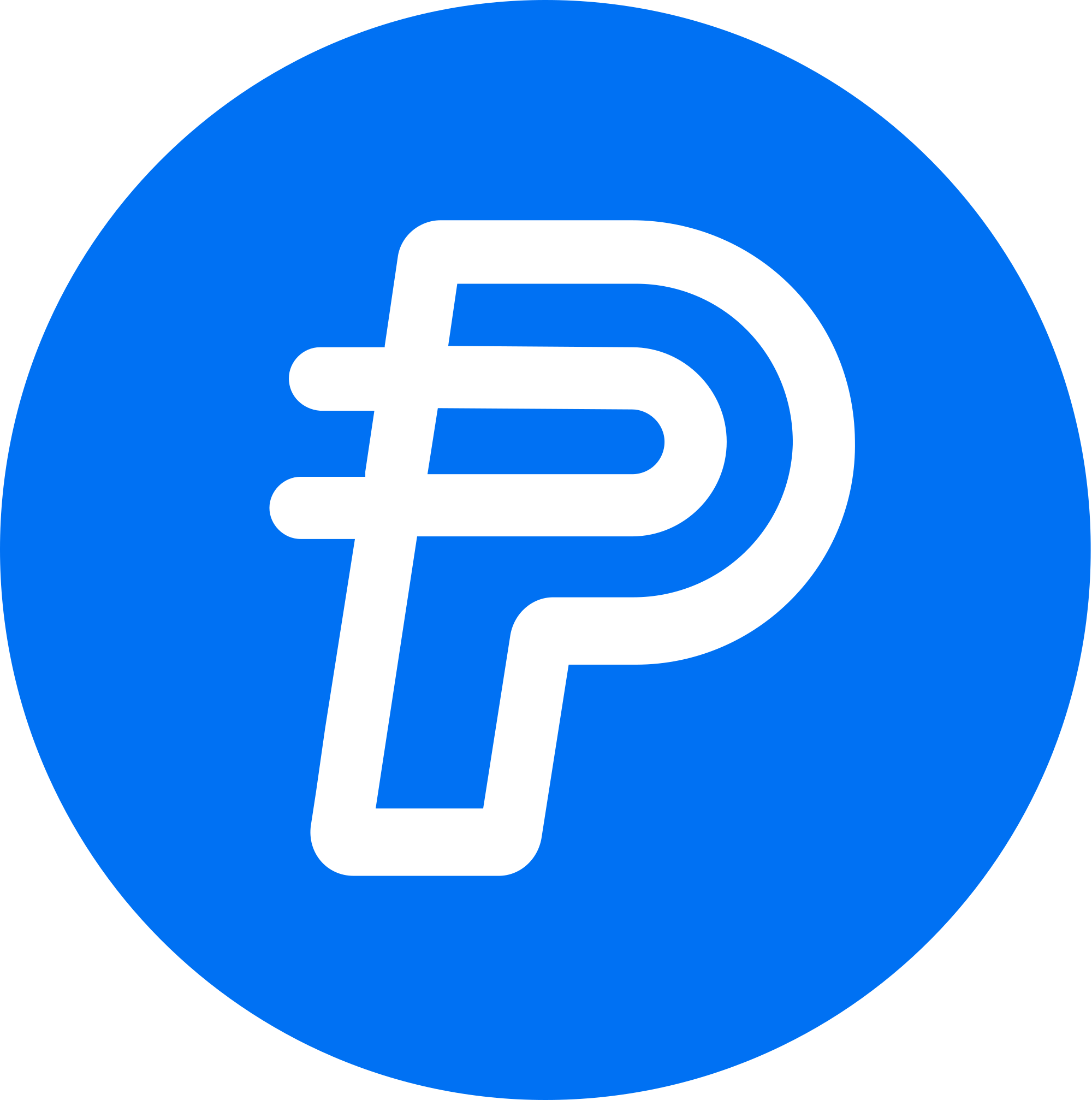What are ZK-Rollups? How Zero-Knowledge Rollups work
Learn all about zero-knowledge rollups and how they aim to increase blockchain scalability while preserving the privacy of users and transaction data.
By Corey Barchat

As blockchain networks aim to accommodate a growing number of users and transactions, they need to account for scalability, without compromising security.
To do this, innovative solutions become necessary. One such solution gaining traction is ZK-Rollups, which to date account for billions of dollars in total value locked (TVL) across dozens of blockchains.
But what exactly are ZK-Rollups and what sets them apart from other Layer-2 scaling solution options?
In this article, we dive into what ZK-Rollups are, how they work, their benefits, limitations, and use cases.
What is a ZK-Rollup?
A ZK-Rollup, or Zero-Knowledge Rollup, is a type of blockchain rollup that uses zero-knowledge proofs to ensure the validity of batched transactions. ZK-Rollups process multiple transactions off-chain and convert them into a cryptographic proof (a "zero-knowledge proof") that is submitted to the main blockchain.
This type of Layer-2 scaling solution is designed to enhance the throughput of blockchain networks while maintaining high levels of security and decentralization. Since ZK-Rollups process transaction batches instead of individual transactions, they can significantly reduce the computational load on the main chain while preserving the trustlessness and integrity of the system.
ZK-Rollups are particularly popular in applications that require greater privacy and security, including decentralized finance (DeFi) and gaming. Although ZK-Rollups are resource-intensive due to the number of cryptographic computations involved, they offer a robust and secure scaling solution for blockchains.
How do ZK-Rollups work?
In general, blockchain rollups aggregate transactions into a single succinct proof that is then submitted to the main chain for verification. But what are ZK proofs and how do they function?
Let's examine how ZK-rollups work, step by step.
Step 1: Transaction aggregation
ZK-Rollups begin by aggregating multiple transactions off-chain into a single transaction data structure, typically referred to as a "rollup". This aggregation process helps reduce the amount of data that needs to be processed on the main blockchain, in an attempt to improve its scalability.
Step 2: Zero-Knowledge (ZK) proofs
Once the transactions are aggregated, a zero-knowledge (ZK) proof is generated to validate the correctness of these transactions without revealing any sensitive information. ZK proofs are unique in that they allow for the verification of the validity of transactions without the need to inspect their contents, preserving transaction data privacy while ensuring integrity.
Step 3: Data availability
While the transaction data itself is aggregated off-chain, system integrity requirements stipulate that this data remains available and accessible. To achieve this, zero-knowledge rollups typically utilize techniques such as data availability checks and decentralized storage solutions to ensure that the necessary information is retrievable by all participants.
Step 4: Submission to main chain
After generating the ZK proof and ensuring data availability, the aggregated transaction data along with the validity proof is submitted to the main blockchain for verification. This submission is typically done by a designated entity known as the aggregator or operator, who collects ZK-rollup transactions, generates validity proofs, and interacts with the main chain on behalf of the users.
Step 5: Verification and finality
Upon receiving the aggregated data and validity proof, the main blockchain verifies valid transactions using the zero-knowledge proof. Once proof verification is complete, the transactions are considered finalized and included in the blockchain's ledger, effectively settling the off-chain transactions. This finality serves to provide users with confidence in the integrity and security of their transactions without the need for on-chain validation of each individual transaction.
Smart contract interaction
In many cases, a ZK-Rollup will also support the execution of smart contracts, which are self-executing agreements with the terms directly written into code. Smart contract interactions within ZK-Rollups can facilitate a wide range of functionalities, including token swaps and transfers, decentralized exchange (DEX) operations, and other decentralized application (dApp) use cases.
Benefits of ZK Rollups
With their unique ZK proofs, Zero-Knowledge Rollups provide several advantages over other Layer-2 scaling solutions.
Scalability
By moving most of the transaction processing off-chain, ZK-Rollups significantly increase blockchain scalability and transaction throughput. This enables blockchains to handle a larger number of transactions per second, without sacrificing decentralization or security.
Reduced costs
Since ZK-Rollups aggregate transactions off-chain and submit only the necessary validity proofs to the main blockchain, the result is a drastic reduction in transaction fees for users. An additional side effect is that this cost efficiency makes decentralized applications (dApps) more accessible and affordable for a broader range of users and developers.
Increased security
Although they process transactions off-chain, ZK-Rollups attempt to maintain the security guarantees of the underlying blockchain through cryptographic proofs and data availability mechanisms. This anchoring of transaction data to the main chain, combined with advanced cryptographic techniques, allows ZK-Rollups to provide robust security against fraud and tampering, and greater system integrity.
Enhanced privacy
The zero-knowledge proofs utilized in ZK-Rollups ensure that sensitive transaction details remain private while still being verifiable by the blockchain network. This enhanced privacy protection is particularly beneficial for applications dealing with sensitive financial or personal data, as it helps mitigate the risk of unauthorized access or exploitation.
Blockchain interoperability
ZK-Rollups can be implemented across various blockchain networks, enabling interoperability between different decentralized platforms. This interoperability allows for seamless exchange and transfer of assets between disparate blockchain ecosystems, encouraging greater collaboration and innovation in the broader Web3 space.
Limitations of ZK-Rollups
Despite their innovative approach to scaling blockchain networks, ZK-Rollups are not without their challenges and constraints, which warrant careful consideration for developers and users alike.
Technical expertise
Implementing ZK-Rollups requires a deep understanding of cryptographic protocols and off-chain computation techniques. This can pose a barrier to entry for developers, especially ones with lesser experience.
Setup costs
Setting up the infrastructure for ZK-Rollups may require significant upfront investment in terms of time, resources, and expertise. This includes establishing off-chain computation environments, integrating with existing blockchain networks, and ensuring the availability of data.
Data availability
While ZK-Rollups provide strong security guarantees through cryptographic proofs, ensuring the availability of off-chain data remains a challenge in some scenarios. Failure to maintain adequate data availability can undermine the integrity and trustworthiness of the system, potentially leading to security vulnerabilities, exploitation, and mistrust that could hinder adoption.
Security trade-offs
While ZK-Rollups offer enhanced privacy and scalability, they may require more complex cryptographic computations. Depending on the implementation and configuration, ZK-Rollups could also potentially increase the attack surface or introduce new vulnerabilities, such as the risk of collusion among validators.
Potential centralization
Depending on the design and governance structure of ZK-Rollup solutions, there may be inherent centralization risks associated with the role of aggregators or operators responsible for transaction processing and submission to the main chain.
Examples of ZK-Rollups
Let's explore some real world implementations of this cutting-edge scaling technology and its impactful applications in the digital economy.
zkSync

Developed by Matter Labs, ZKSync employs zero-knowledge proofs to significantly enhance Ethereum scalability, facilitating high throughput and low transaction costs for decentralized applications. Its architecture enables efficient token transfers and smart contract interactions for DeFi projects and NFT platforms.
StarkNet

Utilizing StarkWare's StarkEx technology, StarkNet implements ZK-Rollups to bolster scalability on the Ethereum blockchain by processing large batches of transactions off-chain. It is commonly used as a scaling solution for decentralized finance protocols and decentralized applications.
Loopring

Loopring is a decentralized exchange protocol that utilizes ZK-Rollups to increase the scalability and privacy of its trading platform. It hopes to enhance throughput of the Ethereum blockchain and reduce transaction costs to offer higher performance, liquidity, and security for traders and liquidity providers.
Polygon zkEVM

Developed by Polygon (formerly Matic Network), Polygon zkEVM integrates ZK-Rollups into the Ethereum Virtual Machine (EVM), enabling efficient scaling solutions for Ethereum-compatible decentralized applications (dApps) and smart contracts. Its aim is to preserve interoperability with the broader ecosystem of the Ethereum network while ensuring high security standards for user transactions and data.
ZK Rollups vs Optimistic Rollups
Although ZK-Rollups and Optimistic Rollups are both common blockchain rollup types, there are some key differences between them:
Feature | ZK-Rollups | Optimistic Rollups |
Transaction Speed | Fast transaction validation using cryptographic proofs | Faster than main chain but with delay for challenge periods |
Security | High due to zero-knowledge proofs | Moderate with challenge-based security |
Privacy | Enhanced privacy with zero-knowledge proofs | Limited privacy |
Resource Usage | High due to cryptographic computations | Lower resource usage |
Compatibility | Compatible with smart contracts, but may require adjustments | Compatible with smart contracts and existing tools |
Challenge Mechanism | Not required | Challenge period allows dispute resolution |
Access ZK-Rollups today
If you want to experience ZK-Rollups for yourself, you'll need to acquire the proper cryptocurrency first.
MoonPay makes it easy to buy crypto that can be used for ZK-Rollups like Loopring (LRC), Dai (zkSync), Tether (zkSync), Ethereum (zkSync), and USDC (zkSync). Pay your way using a credit card, bank transfer, Apple Pay, Google Pay, and many other payment methods.
Note: Users in Canada are prohibited from purchasing Dai (zkSync), Tether (zkSync), and USD Coin (zkSync), while USD Coin (zkSync) is unavailable for customers in New York and Texas.






